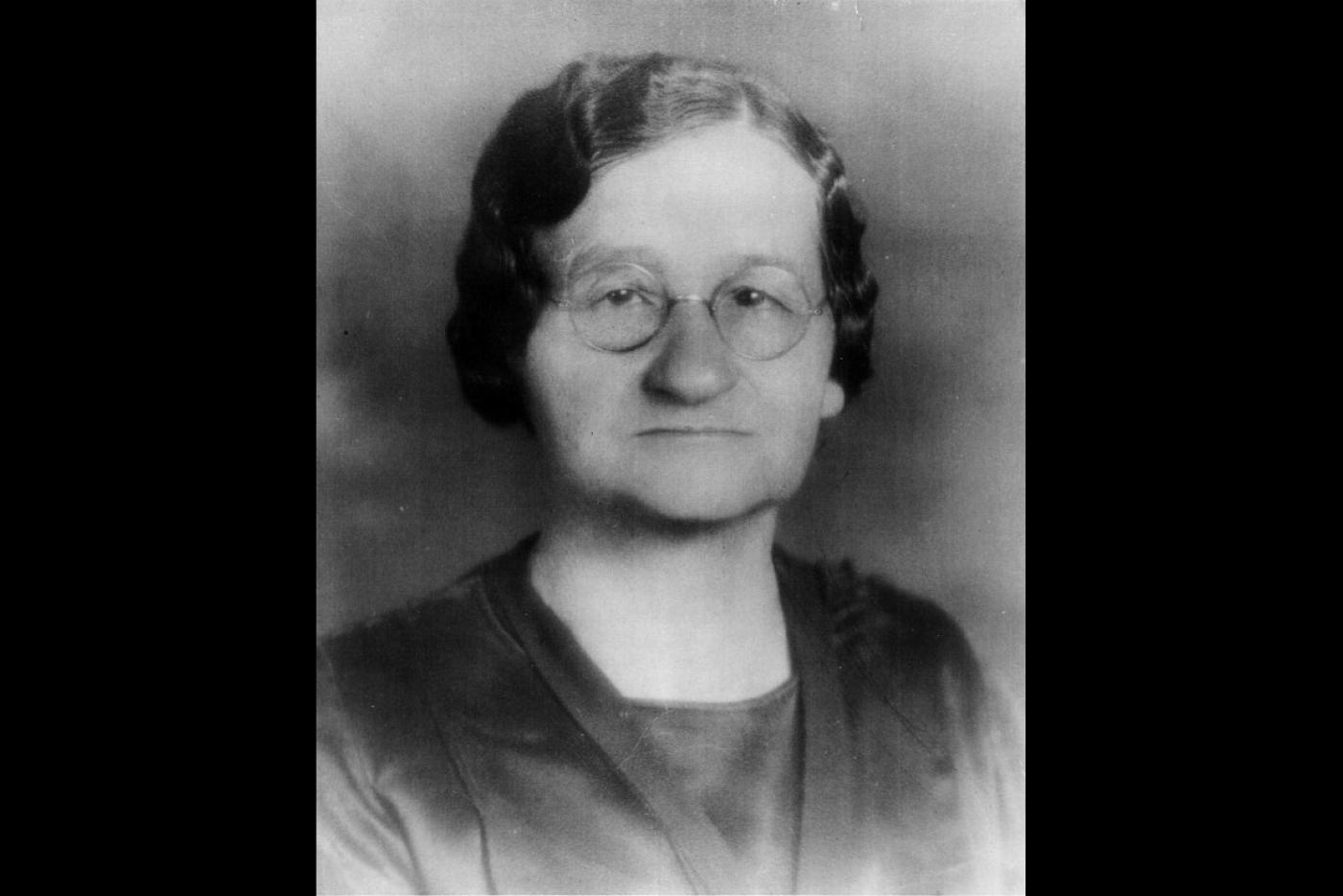A woman who sang old English ballads and folk songs that were among the earliest preserved in western North Carolina soon will be recognized with a North Carolina Highway Historical Marker. The N.C. Historical Marker Program is part of the N.C. Department of Natural and Cultural Resources.
The marker commemorating the life and accomplishments of Mary Sands will be unveiled Sunday, Sept. 28, at 2 p.m., in Madison County on NC Highway 208, approximately three miles north of the intersection of NC 208 and NC 212.
Born Mary Bullman on April 8, 1872, in the Laurel section of Madison County, N.C., she became a prolific singer and was often referred to as "Singing Mary” by those who knew her. Her songs were mostly centuries-old ballads from the British Isles that were passed down through many generations of singers. She traditionally sang the ballads unaccompanied and from memory.
In 1892, she married James Monroe Sands, who had moved to Madison County from Danville, Va. Together, they had 10 children. She died in 1949.
The origin of Sands' songs is a matter of speculation, but it’s been assumed that she learned them from her mother, Rosannah Bullman, whose ancestors had emigrated from the British Isles. In 1916, she met English folklorist and traditional music collector Cecil J. Sharp and sang for him 25 old English ballads and folk songs.
In 1917, Sharp published his book English Folk Songs from the Southern Appalachians, comprised of 122 ballads and other songs, including 23 songs collected from Sands. Sharp died in 1924, but in 1932, a more complete and larger edition of his book was published posthumously. It included all the songs in the 1917 edition, plus 152 more songs. In total, he collected 25 songs from Mary, with two not included in either edition.
For more information about the historical marker, please visit https://www.dncr.nc.gov/blog/2025/08/21/mary-sands-1872-1949-p-102, or call (919) 814-6625.
The Highway Historical Marker Program is a collaboration between the N.C. departments of Natural and Cultural Resources and Transportation.
About the North Carolina Department of Natural and Cultural Resources
The N.C. Department of Natural and Cultural Resources (DNCR) manages, promotes, and enhances the things that people love about North Carolina – its diverse arts and culture, rich history, and spectacular natural areas. Through its programs, the department enhances education, stimulates economic development, improves public health, expands accessibility, and strengthens community resiliency.
The department manages over 100 locations across the state, including 27 historic sites, seven history museums, two art museums, five science museums, four aquariums, 35 state parks, four recreation areas, dozens of state trails and natural areas, the North Carolina Zoo, the State Library, the State Archives, the N.C. Arts Council, the African American Heritage Commission, the American Indian Heritage Commission, the State Historic Preservation Office, the Office of State Archaeology, the Highway Historical Markers program, the N.C. Land and Water Fund, and the Natural Heritage Program. For more information, please visit www.dncr.nc.gov.

